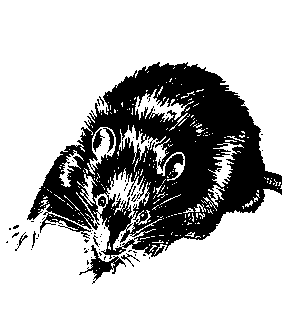Black Death origin spotted

The Black Death, the biggest pandemic in human history, was caused by the bacterium Yersinia pestis and lasted in Europe between the years 1346 and 1353.
Despite the pandemic’s immense demographic and societal impacts, its origins have long been elusive.
Now, a multidisciplinary team of European scientists have obtained and studied ancient Y. pestis genomes that trace the pandemic’s origins to Central Asia.
The researchers analysed ancient DNA from human remains as well as historical and archaeological data from two sites that were found to contain “pestilence” inscriptions on tombstones.
The team’s first results were very encouraging, as DNA from the plague bacterium was identified in individuals with the year 1338 inscribed on their tombstones.
“We could finally show that the epidemic mentioned on the tombstones was indeed caused by plague”, says Dr Phil Slavin, one of the senior authors of the study.
The team pieced together complete ancient plague genomes from sites in Kyrgyzstan and investigated how they might relate to the early days of the plague.
“We found that the ancient strains from Kyrgyzstan are positioned exactly at the node of this massive diversification event. In other words, we found the Black Death’s source strain and we even know its exact date [meaning the year 1338]”, says Dr Maria Spyrou, lead author and researcher at the University of Tübingen.
Plague is not a disease of humans; the bacterium survives within wild rodent populations across the world, in so-called plague reservoirs.
Hence, the ancient Central Asian strain that caused the 1338-1339 epidemic around Lake Issyk Kul must have come from one such reservoir.
“We found that modern strains most closely related to the ancient strain are today found in plague reservoirs around the Tian Shan mountains, so very close to where the ancient strain was found. This points to an origin of Black Death’s ancestor in Central Asia”, explains Johannes Krause, senior author of the study and director at the Max Planck Institute for Evolutionary Anthropology.
The full study is accessible here.







 Print
Print